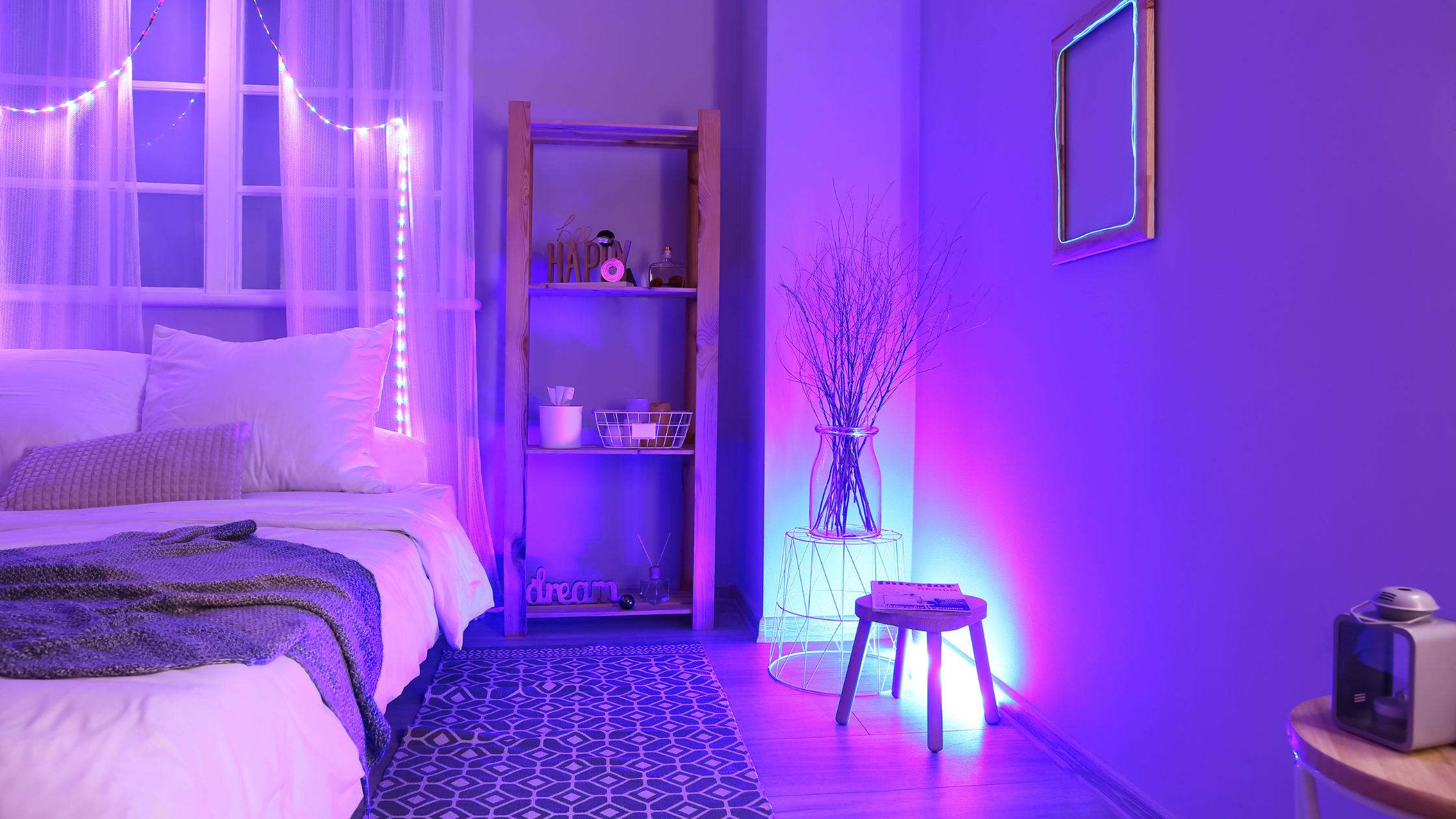
We all know that a good night's sleep is essential for our overall well-being and productivity. However, in today's modern world filled with screens and artificial lighting, achieving quality sleep can sometimes be a challenge. Recent research suggests that the color of light we expose ourselves to before bed can have a significant impact on our sleep quality. In this blog post, we'll delve into the science behind light and sleep and explore which color light might be the most beneficial for a restful night's sleep.
Understanding the Circadian Rhythm
To comprehend the relationship between light and sleep, we must first understand the circadian rhythm. The circadian rhythm is our body's internal clock that regulates various biological processes, including sleep-wake cycles. It is primarily influenced by environmental cues, with light being the most potent signal.
The Effect of Blue Light on Sleep
Blue light, which is abundant in natural daylight and emitted by electronic devices, has gained attention for its potential negative impact on sleep. Blue light suppresses the production of melatonin, a hormone that regulates sleep-wake cycles. Exposure to blue light in the evening can disrupt our circadian rhythm, making it more challenging to fall asleep and achieve deep, restorative sleep.
The Role of Red Light
On the other end of the light spectrum, we find red light. Red light has been shown to have the least impact on melatonin production and circadian rhythm. Studies have suggested that exposure to red light before bed can promote better sleep quality, as it doesn't interfere with the body's natural sleep-wake cycles. Some individuals find that using red or warm-colored nightlights or adjusting electronic devices to display warmer colors can help create a more sleep-friendly environment.
The Benefits of Dim Lighting
Apart from the specific color of light, the overall brightness of the light source also plays a role in sleep quality. Bright light, regardless of its color, can stimulate wakefulness and suppress melatonin. Dimming the lights in the evening can signal to our bodies that it's time to wind down and prepare for sleep. Consider using low-wattage bulbs, dimmer switches, or even candles to create a cozy and calming atmosphere before bedtime.
Personalizing Your Sleep Environment
While the research points to red or warm-colored light as being more conducive to sleep, it's important to recognize that individual preferences can vary. Some people may find other colors, such as yellow or orange, to be relaxing and sleep-inducing. Ultimately, creating a sleep-friendly environment involves finding what works best for you.
Tips for Promoting Better Sleep:
- Limit exposure to blue light-emitting devices, such as smartphones and laptops, at least one to two hours before bedtime.
- Use applications or settings on electronic devices that reduce blue light emissions in the evening.
- Incorporate dim lighting in your bedroom to signal the transition to sleep.
- Experiment with red or warm-colored nightlights or bedside lamps.
- Establish a consistent bedtime routine that includes relaxation techniques, such as reading or listening to calming music.
Conclusion
The color of light we expose ourselves to before bed can significantly impact our sleep quality. While blue light has been associated with sleep disruptions, red light and dim lighting have shown promising results in promoting better sleep. Creating a sleep-friendly environment involves understanding our individual responses to light and implementing strategies that suit our needs. By making small adjustments to our evening routines and environment, we can harness the power of light to support a restful night's sleep.
If you or someone you know is struggling with sleep deprivation, then please click the orange button below to take a free online sleep test and talk with one of our sleep health professionals.

